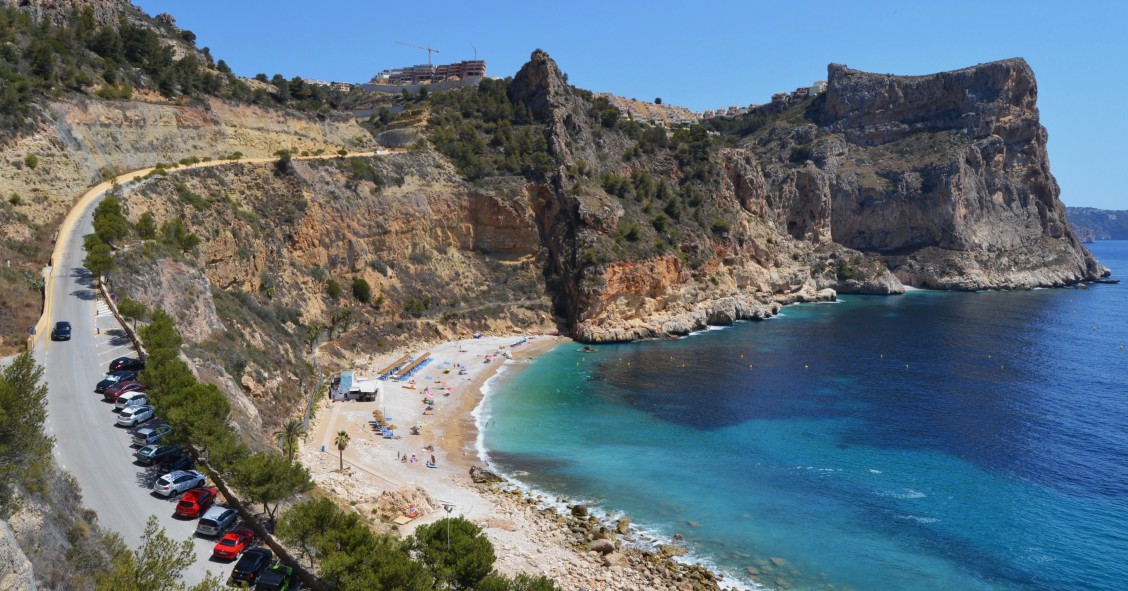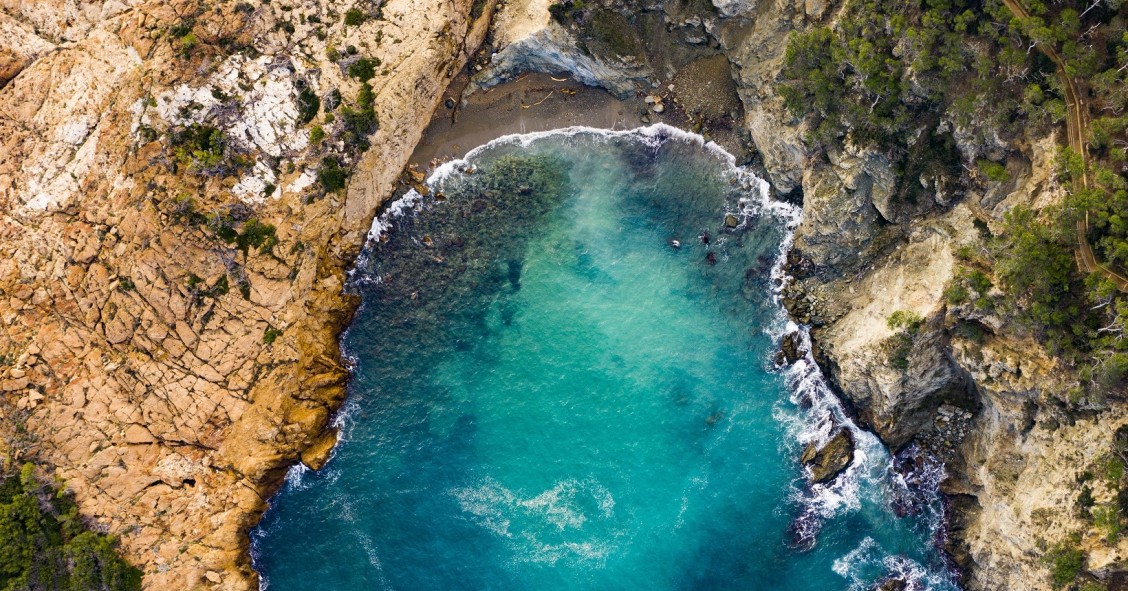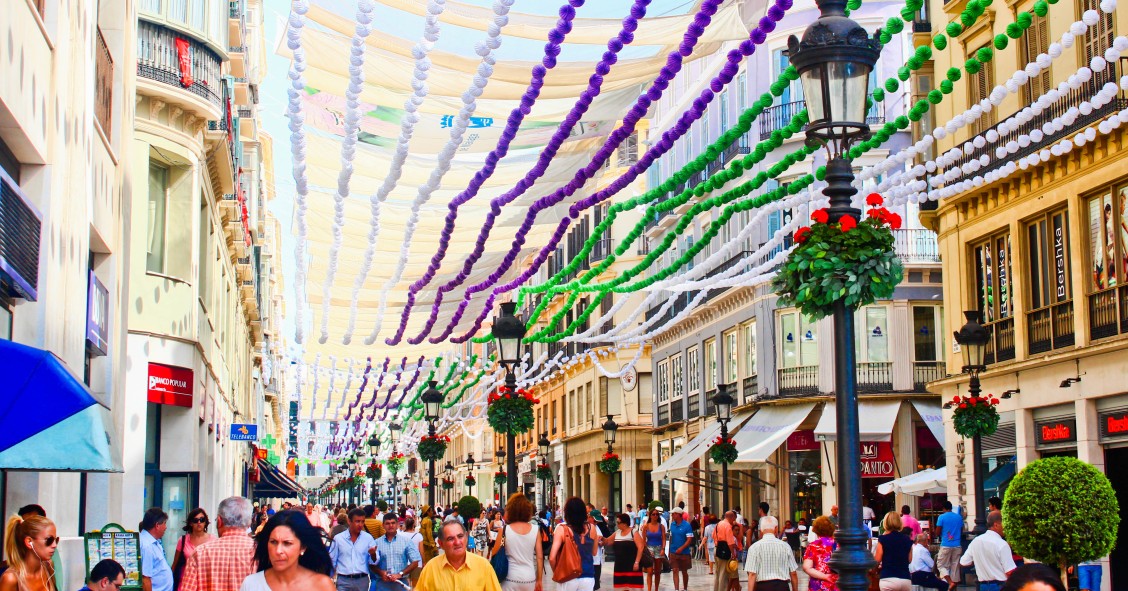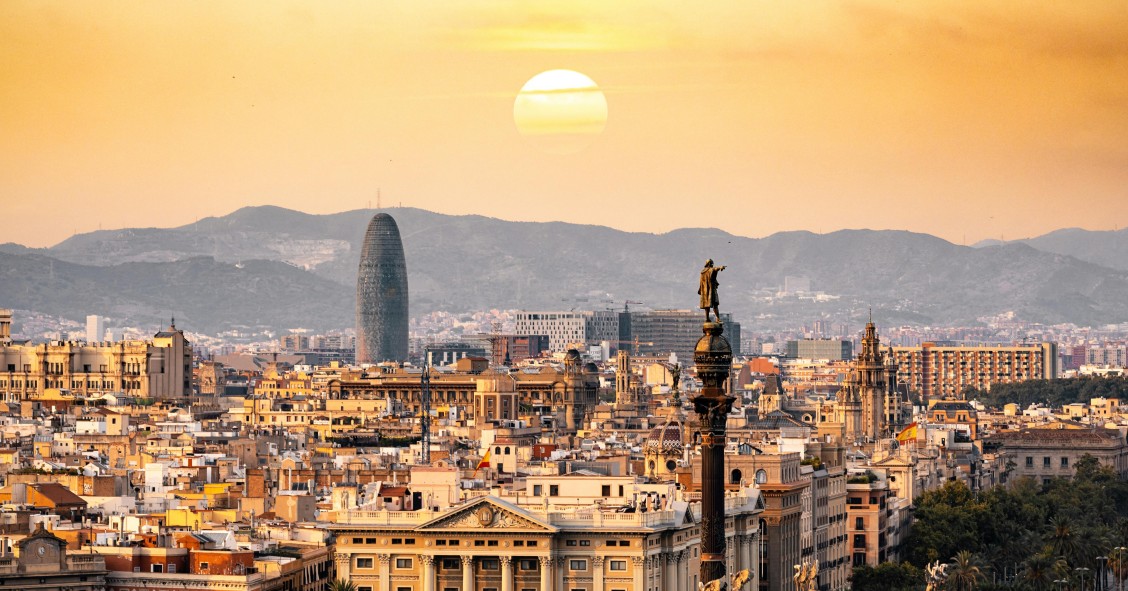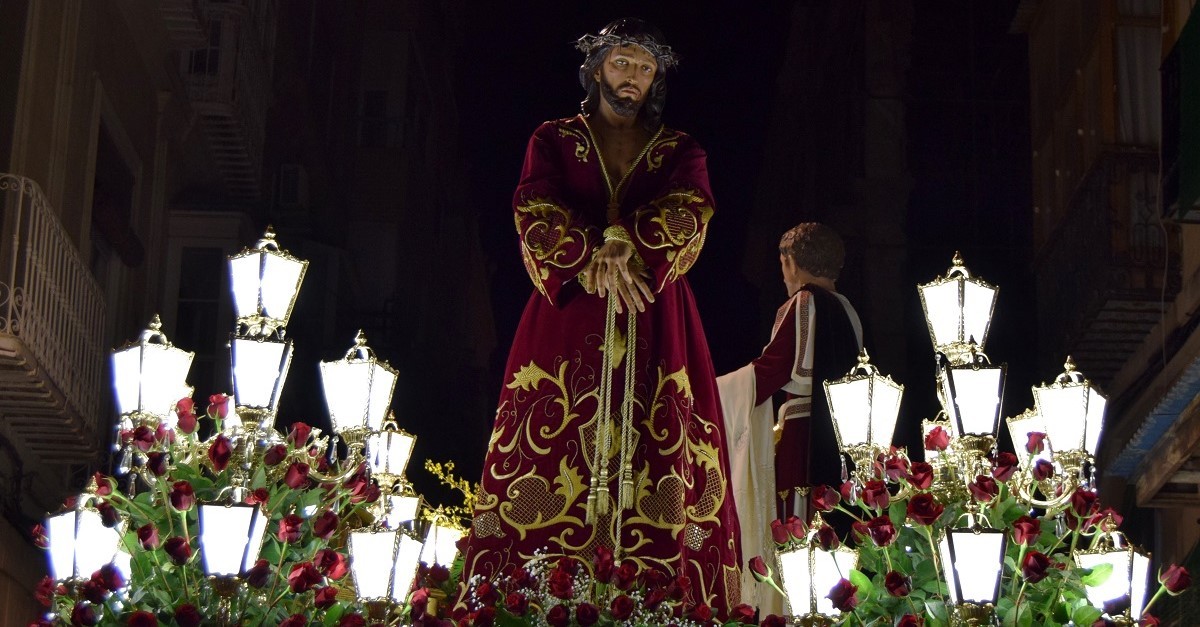
Cartagena has great historical and cultural baggage behind it, which is why it is one of the most attractive destinations to go during the Holy Week of Easter. Its historical past is palpable with the Roman Theatre, as well as with its squares and streets endowed with monuments and exceptional buildings. One of the most popular holidays in Spain is undoubtedly Easter in Cartagena, with ten days of extraordinary processions that end on Easter Sunday.
Enjoying Cartagena
Cartagena reveals some of the most important events which form a part of the history of Spain. The historical evolution of the city is something extremely interesting that tourists can see in the Roman Theatre Museum.
The truth is that its Roman archaeological remains are of enormous appeal, although one should not miss the historic centre with the Palacio Consistorial, its modernist buildings such as the Gran Hotel, its port (one of the most important in the Mediterranean Sea), as well as the boom that caused its intense mining activity.
Cartagena is a beautiful and luminous city with walls by the sea, ample gardens and a pedestrianised historic centre well worth walking around. In addition, the city has tourist points so that visitors can find out about the visiting hours and ticket prices of the most emblematic places.
What happens during Easter in Cartagena
The processions that take place at this time of year are based on four brotherhoods. The first of them takes place at dawn of the Friday of Sorrows and that marks the beginning of an incredible day endowed with infinite different acts.
Some of these acts are remarkable for the curiosity and emotion they awaken, such as St. Peter leaving Military Arsenal of Cartagena. According to tradition, St. Peter has to ask permission to join the procession, but, as every year, he always comes back late and is arrested.
The Lavatorio de Pilatos, the start of Nuestro Padre Jesús Nazareno at the Santa Lucía fish shop and the procession of the Encuentro that takes place at dawn on Good Friday are some of the acts that have made Easter in Cartagena a one-of-a-kind event.
The mantles and shrouds used these days have enormous cultural and popular value (some of them date back to the eighteenth and nineteenth centuries). It is also interesting to note that almost all of its processions come from the Santa María de Gracia church, located in the heart of Cartagena. It is a temple dating from the eighteenth century, whose interior had to be rebuilt after the Spanish Civil War.

